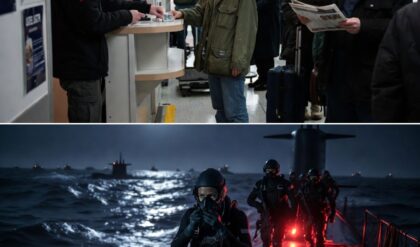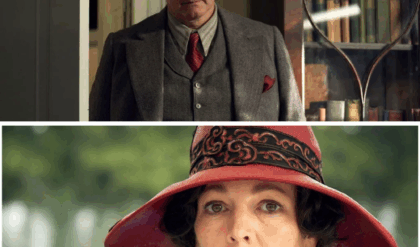“A story is true. A story is untrue.”
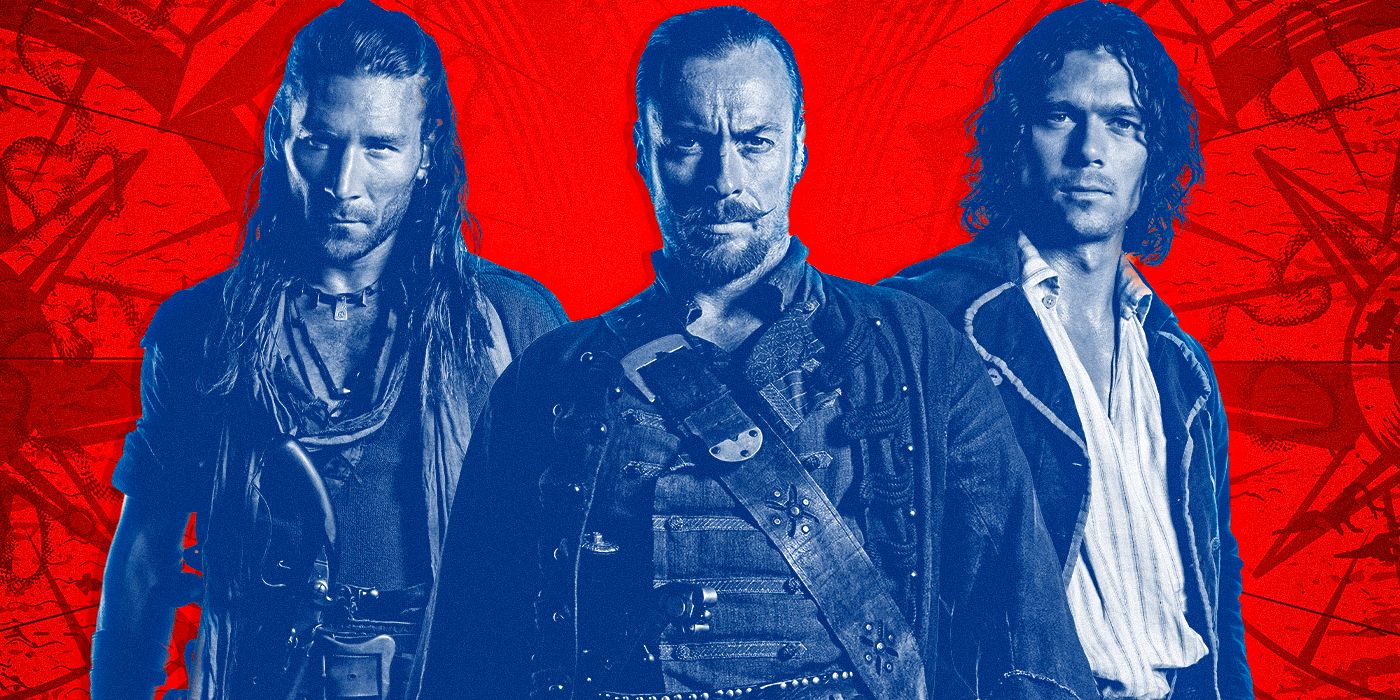
Fact steeped in fiction. Or maybe fiction with a few drops of fact. Whenever we think of pirates, our imagination blurs the line that separates history and fantasy, painting a picture that is at the same time of Blackbeard and Captain Hook. This is plain to see in our current media landscape, in which stories ranging from Pirates of the Caribbean to Our Flag Means Death create their own mythology around pirates or drink straight from reality, reimagining true historical figures in amazing, fantastic ways. But perhaps no show or movie in the past few decades has managed to capture the collective imagination of piracy better than Starz’s Black Sails.
A beautiful work of adventure storytelling, Black Sails is often described as historical fiction. And, yeah, those descriptions are not wrong: the series, which lasted from 2014 to 2017, does indeed tackle a huge, but not that well-known moment in world history, particularly the history of the colonization of the Americas. However, the show also embraces a lot of fantasy, placing it in such a realistic context that it can be tough to separate real characters from fictional ones. So what is, then, the reality behind Black Sails? Who was Captain Flint? What was the Pirate Republic of Nassau? Was the Urca de Lima a real boat?
‘Black Sails’ Takes a Lot of Inspiration from Robert Louis Stevenson’s ‘Treasure Island’
Well, before we dive into the real history behind Black Sails, it’s important to get one thing out of the way: the show created by Robert Levine and Jonathan E. Steinberg is as much a piece of historical fiction as it is Treasure Island fanfiction. The Robert Louis Stevenson novel, serialized between 1881 and 1882, and first compiled into a book in 1883, is responsible for creating a lot of the imagery that we have come to associate with pirates over the past two centuries, from treasure maps to wooden legs. Thus, it is no wonder that it has influenced a series such as Black Sails. However, Stevenson’s impact on the show goes way beyond a few elements of art direction.
Many of the core characters in Black Sails are actually lifted straight from Stevenson’s novel, with the series’ four seasons serving as a sort of prequel to the book. We’re talking about protagonists like Captain Flint (Toby Stephens), John Silver (Luke Arnold), and Billy Bones (Tom Hopper), but also about some minor characters, such as Ben Gunn (Chris Fisher). Even Madi (Zethu Dlomo-Mphahlele), the maroon leader who ends up falling in love with Silver, is lifted from Stevenson’s work: though not much is known about her, there is a reference to the pirate being married to a woman of color.
In Treasure Island, much like in the final season of Black Sails, Billy Bones and John Silver are sort of rivals, with Bones warning young protagonist Jim Hawkins to beware of a pirate with just one leg. Captain Flint’s former first mate, Bones, is a guest at Jim’s parents’ inn when he dies as a result of a stroke, leaving behind a map that is supposed to lead to Flint’s buried treasure. This treasure is hidden by the captain in Season 4 of Black Sails, and that is just a portion of all the gold and gems that were found at the Urca de Lima.
As for Silver, Jim becomes acquainted with him in Treasure Island while looking for the titular treasure. In the novel, the pirate is a cook aboard the Hispaniola, the ship upon which Jim and his friends set sail. Though he seems to like Jim well enough, Silver is a deceitful, shrewd man who should not be trusted, much like Luke Arnold’s character in the first season of the show.
The Pirate Republic that Appears in ‘Black Sails’ Was Indeed Real
But that’s about it for Stevenson’s influence over Black Sails. When it comes to populating the world that Silver, Flint, and Bones inhabit, Levine and Steinberg took a page not from fiction, but from actual history books. And for those that think an island completely run by pirates, with a Jolly Roger flying atop a heavily armed fort, is too much, well, the BBC’s got news for you: not only was the island of Nassau, in the Bahamas, decorated with a skull and crossbones flag, it was also governed according to something called the Pirates’ Code. Not just the island, but the whole archipelago was ruled by The Flying Gang, a group of pirates that include many Black Sails characters, such as Edward Teach, a.k.a. Blackbeard (Ray Stevenson), Jack Rackahm, a.k.a. Calico Jack (Toby Schmitz), Charles Vane (Zach McGowan), and, of course, Captain Benjamin Hornigold (Patrick Lyster), who oversaw the whole operation. Other pirates that were into the whole Pirate Republic thing, but did not make it into the show were Stede Bonnet, Olivier Levasseur, Henry Jennings, and Black Sam Bellamy.
The emergence and the subsequent downfall of the Pirate Republic in Nassau is the epitome of an era known as the Golden Age of Piracy, that, once again, according to the BBC, can be split into three periods. From the 1670s to 1680s, French pirates ruled the seas, followed by the British pirates that took over the Indian Ocean in the 1690s. Then, around 1713 to 1715, the republic of pirates began.
Okay, sort of. In reality, Nassau’s de facto pirate ruling began a few years earlier, when colonial governor Nicholas Trott — the real-life counterpart of Richard Guthrie (Sean Cameron Michael) — allowed the disgraced captain Henry Avery into the island’s port. What started as an honest mistake, with Trott being deceived by Avery, eventually turned into a knowing partnership. Trott believed that Avery’s fleet would help deter French attacks on the barely populated island. Eventually, however, the captain fled, and Nassau was left to its own devices as it was raided by Franco-Spanish fleets during the War of the Spanish Succession, which lasted from 1701 to 1714, opposing the French and the Spanish to the English. Effectively abandoned by its ruling colonial power, Nassau became a safe haven for sailors who were not exactly working within the boundaries of the law.
During the war, many sailors also turned themselves into privateers, mercenaries authorized to raid and rob enemy ships through government-issued letters of marque. When the conflict began to die down, a lot of these privateers decided to keep on attacking ships, a career that was much more lucrative than regular merchant sailing. Among them were Benjamin Hornigold and Henry Jennings, former rivals whose nascent alliance allowed for the creation of the Pirate Republic. Under Hornigold sailed a man who became by far the most infamous pirate of all, a man whose name might have been anything from Edward Teach to Edward Thack, a man best known as Blackbeard.
How Did the Nassau Pirate Republic End?
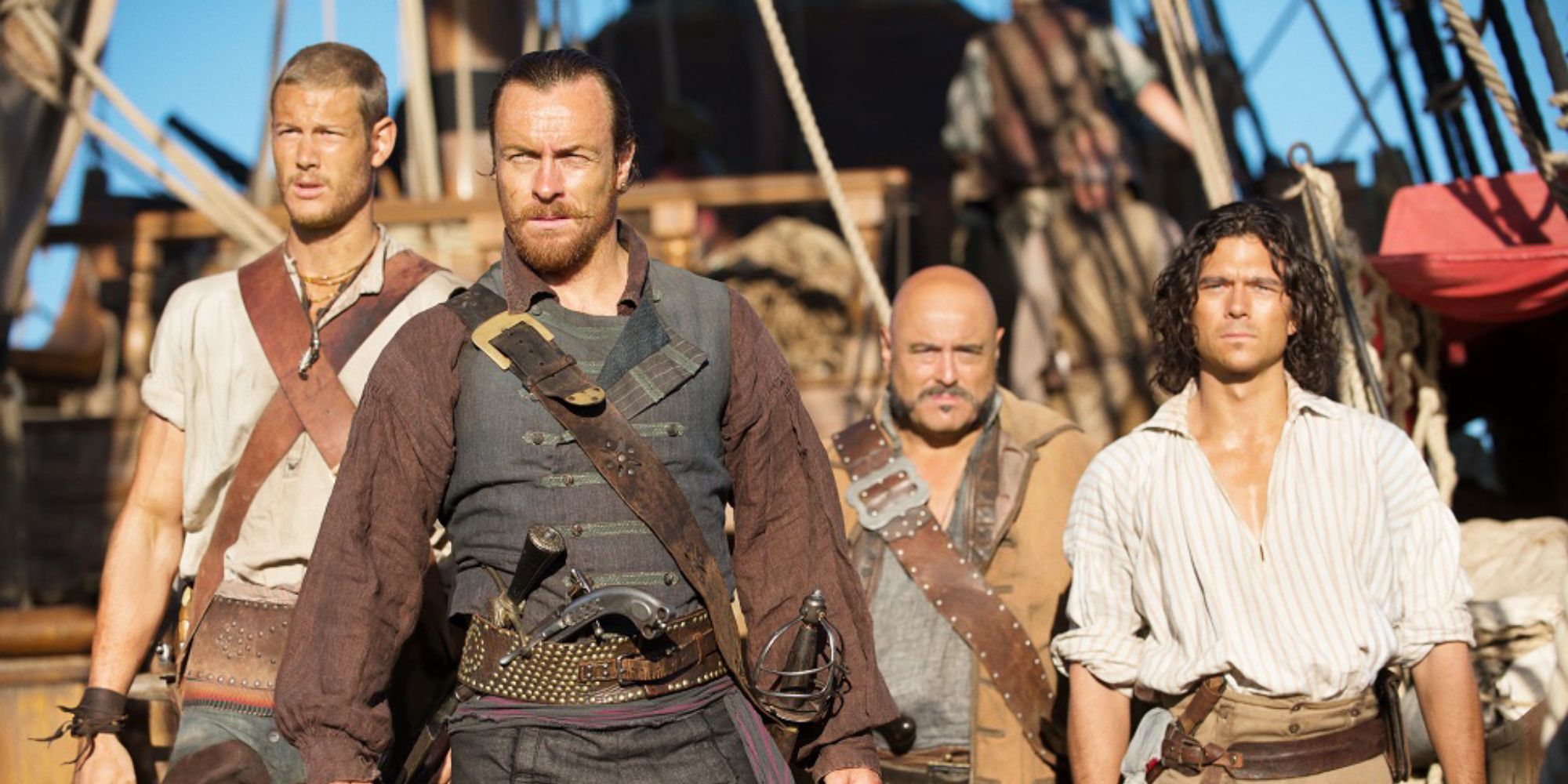
Now, to keep his republic afloat, Hornigold was of the opinion that the pirates of Nassau should abstain from raiding British ships in order to avoid drawing the Crown’s attention to the island. Others, however, did not agree with him, and so he was overthrown and replaced by Black Sam Bellamy. With their ships being plundered left and right, the British stopped ignoring the situation in Nassau and decided to send someone to put a stop to it. Played by Luke Roberts in Black Sails, Woodes Rogers arrived in Nassau in 1718, appointed as the region’s new governor. He offered pardons to the pirates of the island, and, as shown in the series’ final season, many of them accepted the offer. Some, like Hornigold, even agreed to become pirate hunters in exchange for a large sum of money.
Among those that did not take the pardon was Captain Charles Vane, who set one of his own ships on fire and sent it sailing towards the vessels that escorted Rogers, allowing him to flee in the Ranger. A while later, though, he was accused of cowardice for avoiding a fight with a French man-o-war and deposed by Jack Rackham. Marooned somewhere in Central America, Vane was picked up by a merchant ship and swiftly recognized by the crew. He was hanged in Port Royal, on March 29, 1720.
Similar fates awaited other pirates, such as Rackham and Blackbeard. The former took a pardon in 1719 but had to flee after starting an affair with Anne Bonny (Clara Paget), the wife of one of Rogers’ sailors. Alongside Mary Read (Cara Roberts), the two started a new career in piracy and were captured by pirate hunter John Barnet in 1720. Rackham was hanged in Port Royal, but Read and Bonny managed to escape the gallows by claiming they were pregnant. Read died in prison, while Bonny’s fate is unknown. As for Blackbeard, he was killed by Lieutenant Robert Maynard in North Carolina, where he had taken the towns around Pamlico Sound hostage. Decapitated, the dreaded pirate had his head put on the bowsprit of his own ship.
Was the Urca de Lima a Real Ship?
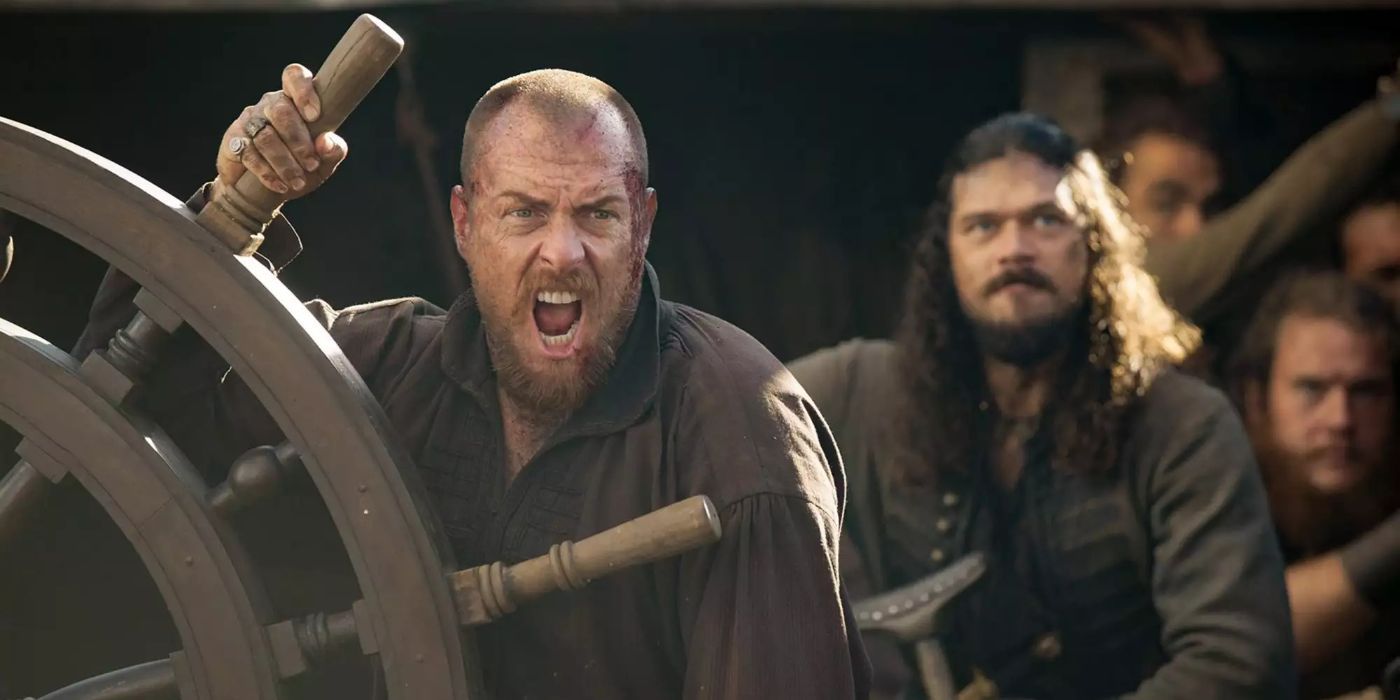
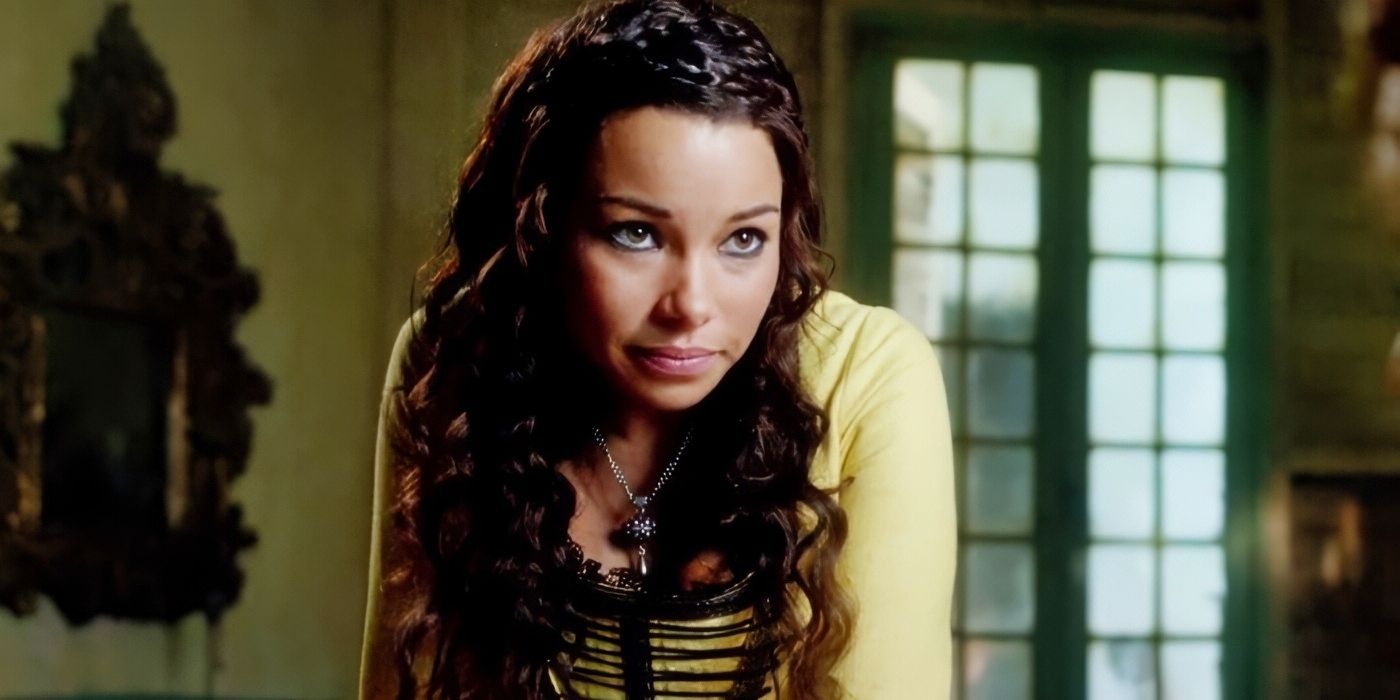
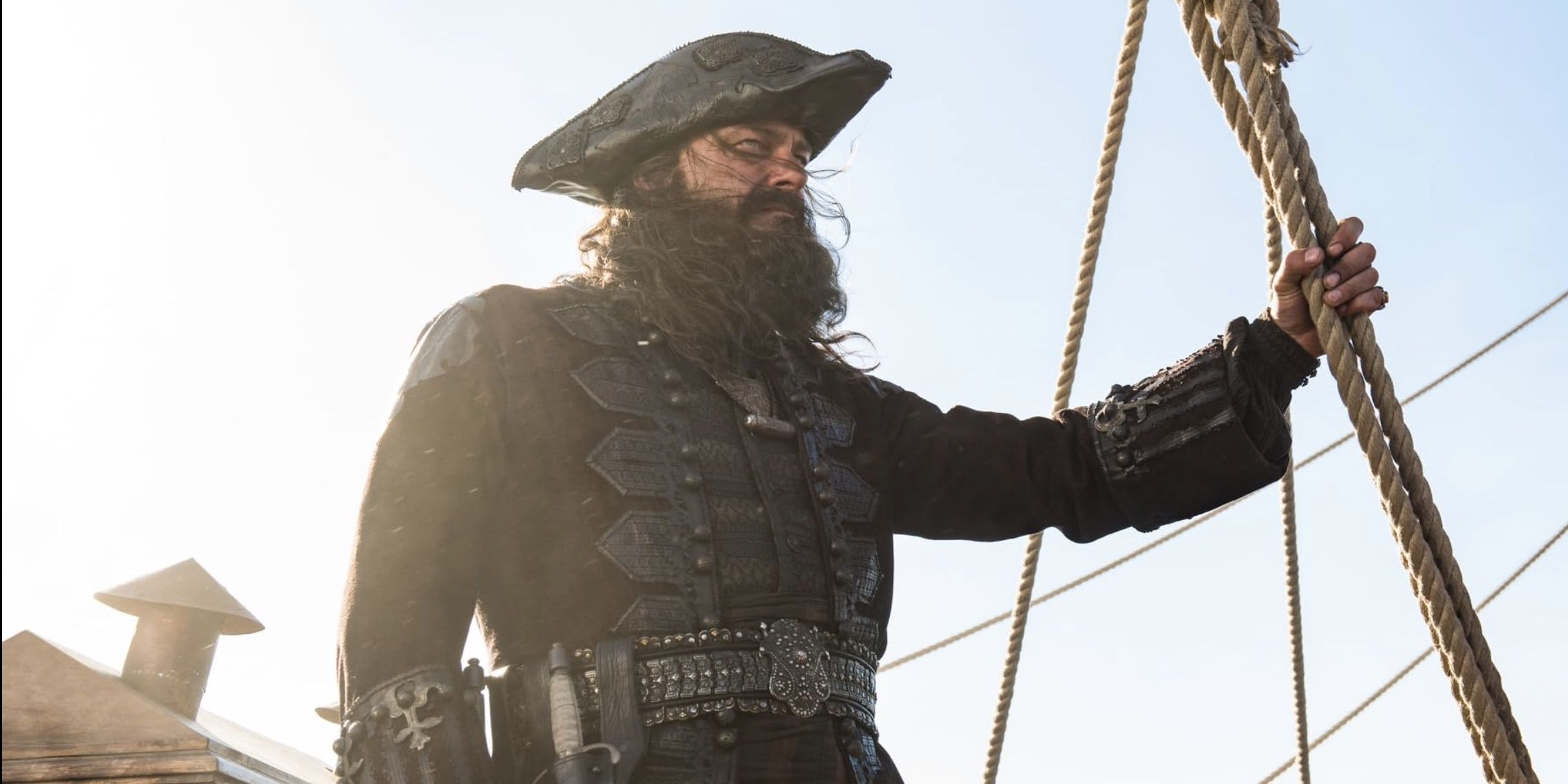
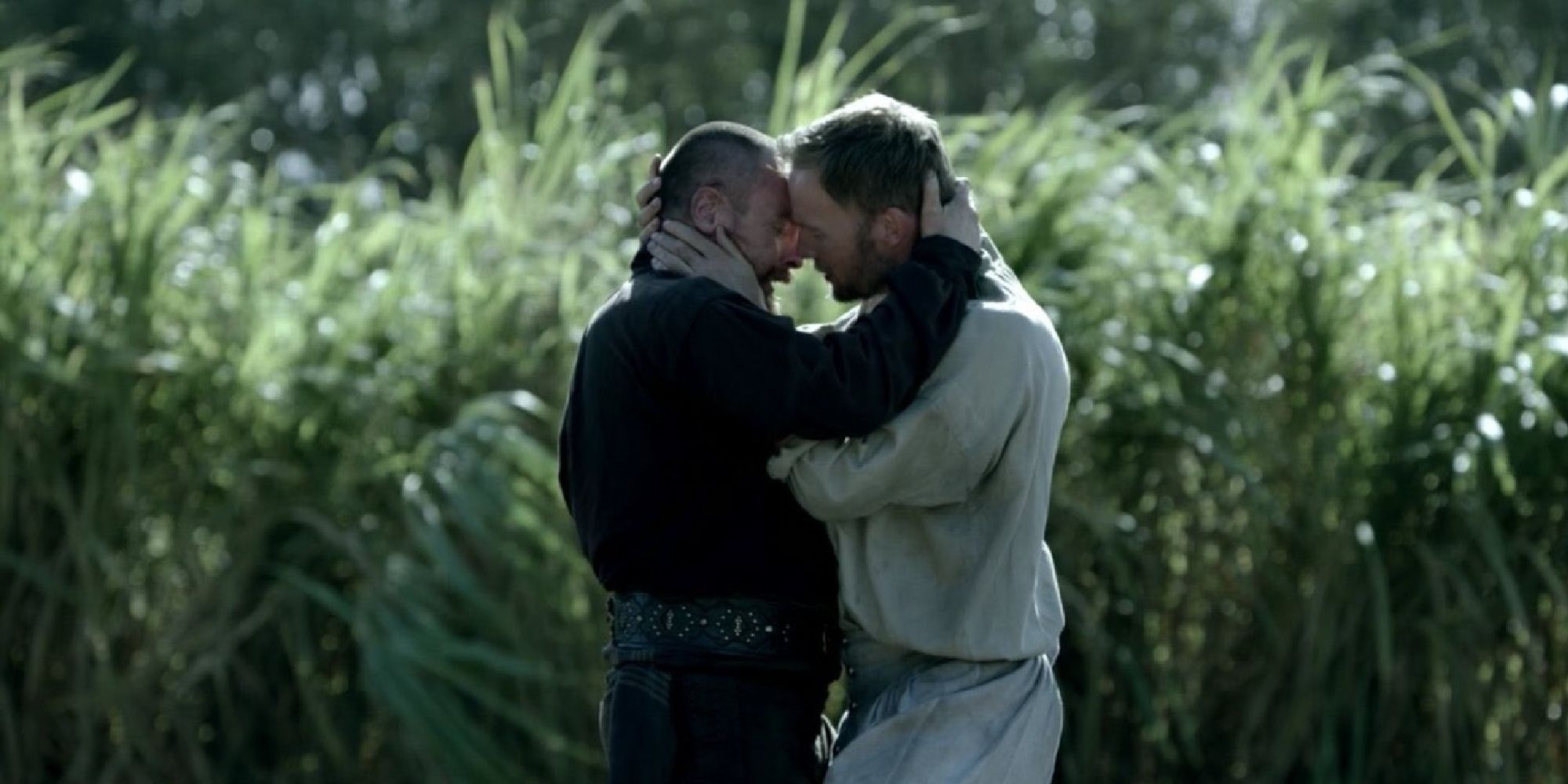
Much like on Black Sails, the republic of pirates of Nassau had a sad ending. But after all the ground we have covered in this article, one question remains in the air: was the Urca de Lima, the fabled ship full of treasures that Captain Flint is hunting in the first season of Black Sails, a real vessel? The answer is, as strange as it may seem, yes. The Santisima Trinidad, nicknamed Urca de Lima due to it being a storeship (or urca, in Spanish) and belonging to Don Miguel de Lima, sank alongside 10 other ships near Fort Pierce, Florida, and some of its ruins can be visited to this day, as 16 of its cannons and four of its anchors were salvaged by the city in 1928.
A massive vessel with a cargo that included packets of chocolate, uncured cowhides, and many other edible products, the Urca kept the surviving crew of the other ships fed as they waited for help to arrive from Havana. The boat was the first one to be salvaged, but also the first one to be burned down, as it was drawing the attention of English pirates, including the likes of Rackham and Vane. In 1932, a new salvaging effort was put together, but the results of the expedition would have largely disappointed Captain Flint: apart from a few private sacks and chests containing pieces of silver, the Urca bore no treasures.

